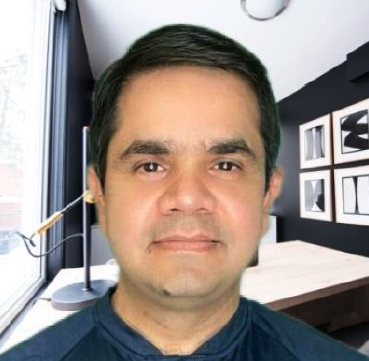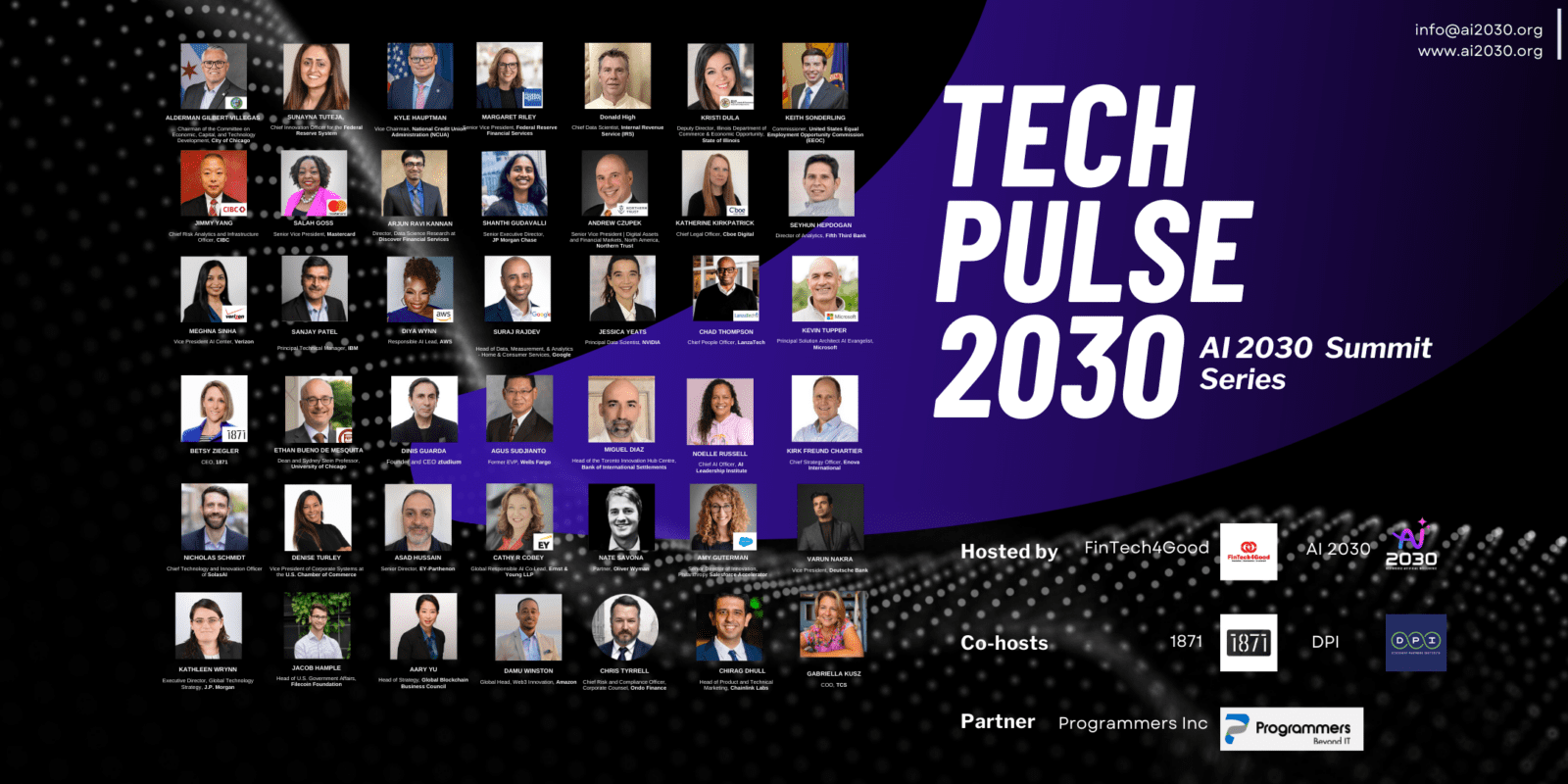
Abstract:
Air quality science emerged out of the societal need to mitigate health effects of deadly smog events that occurred in North America and Europe around the middle of 20th century. In the past 70 years, atmospheric chemistry has advanced so much that we are now capable of predicting air quality in short-term (1-3 days) and long-term (climate time scales), and assessing the implications of air pollution for public health and food security. Air quality has been improving in North America and Europe owing to continuous emission control measures but is rapidly degrading in the developing countries due to rapid economic growth powered by expansion of industrial, energy, and transportation sectors. About 7 million people die prematurely every year due to poor air quality and 92% of such deaths now occur in the developing countries. To enhance the decision-making activity in the area of air quality, we have launched an international activity called the Monitoring, Analysis and Prediction of Air Quality (MAP-AQ) that focuses on developing air quality prediction capabilities in the developing world where the frequency of acute air pollution events has been increasing dramatically. MAP-AQ has been accepted as a core activity of the Global Atmosphere Watch (GAW) program of the World Meteorological Organization (WMO) as well as of the International Global Atmospheric Chemistry (IGAC) project. This presentation will briefly discuss the evolution of atmospheric chemistry research, the MAP-AQ initiative and its activities. Finally, I will discuss policy implications of the latest air quality guidelines released by the World Health Organization.
Biosketch:
Rajesh Kumar is a project scientist with the National Center for Atmospheric Research (NCAR), Boulder, Colorado, USA and an affiliate scientist with the UIUC. He is also a founder and co-chair of the international MAP-AQ program affiliated with the WMO and IGAC. His research focuses on air quality that is one of the most important socioeconomic and environmental concerns around the world today. Air pollution is responsible for about 7 million premature deaths every year and loss of about 80-120 million ton of food. He synergistically integrates ground- and satellite-based air quality monitoring with atmospheric composition and modeling capabilities to address a number of air quality issues including transport and transformation of air pollution, the relative importance of local and foreign emissions, deterministic and probabilistic air quality predictions, aerosol-climate interactions, heterogeneous atmospheric chemistry, chemistry-climate interactions, projection of future air quality, and impact of air quality for public health and food security. He has authored/co-authored 83 peer-reviewed publications so far and generated about $29.6 M in external funding.

